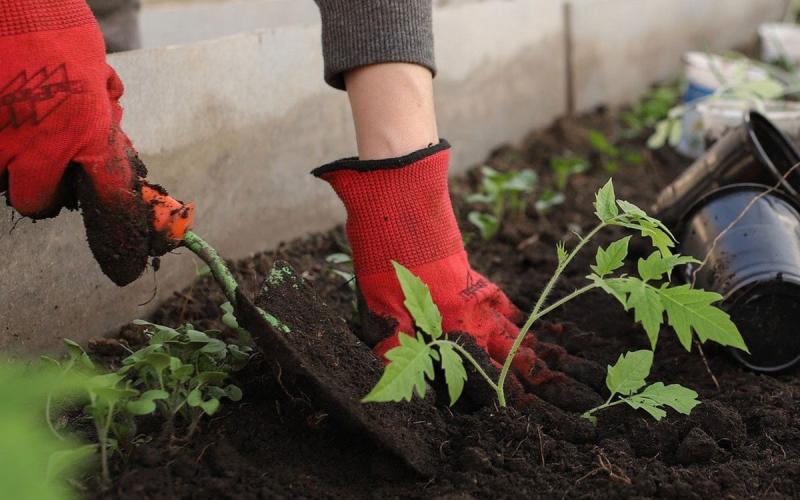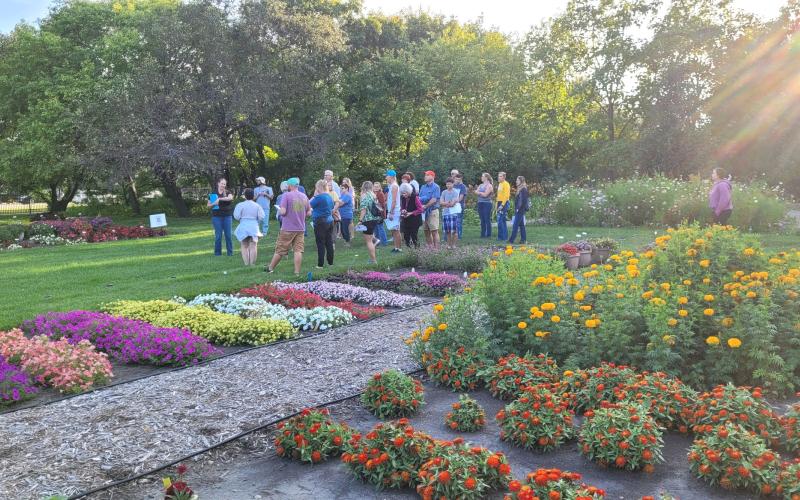Written by Sara Ogan, SDSU Extension Horticulture Assistant, under the review and direction of Madalyn Shires, Kristine Lang, and Robin Buterbaugh.
Mild spring temperatures and abundant rain in South Dakota can cause many plants to increase in foliage and flowers. But, as you stop to smell the roses, you may notice something else underneath the canopy of blooms. Black spot on roses is a fungal disease caused by Diplocarpon rosae. Black spot is one of the most-prevalent diseases in roses and is found wherever roses are grown. Black spot is a recurring disease that will decrease the vigor and blooms of rose plants if it is not managed.
Do You Have Black Spot on Your Roses?
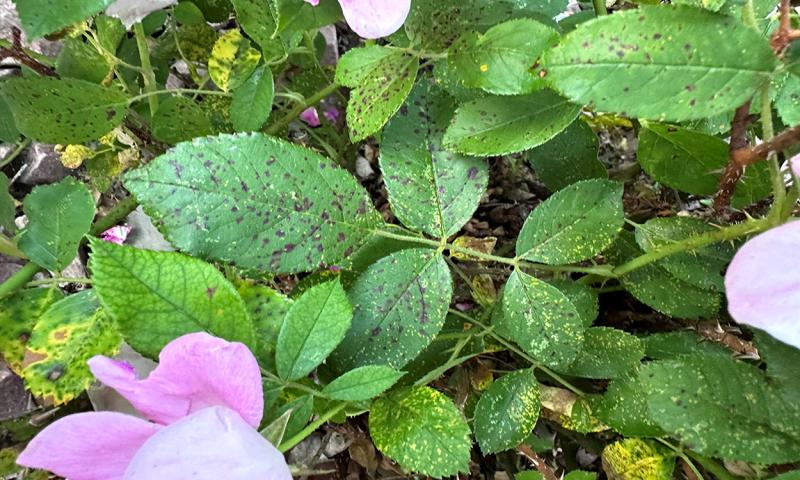
Optimal conditions for black spot occur when temperatures are in the 72 to 85 degree Fahrenheit range; along with high humidity and water that remains on leaves for periods of 6 hours or more. Symptoms of black spot are dark black to purplish spots on the leaves and first-year canes. Infected leaves eventually turn yellow and fall from the plant.
As the disease spreads, it can severely weaken the plant, increasing winter injury or dieback. Symptoms generally start in lower portions of the plant as water splashes up spores from infected canes and leaves that have remained from the prior year.
How to Manage Black Spot
Management of black spot begins when choosing roses. Look for cultivars that are resistant to black spot and other diseases. Sanitation is crucial for roses that are susceptible to black spot. Removing fallen leaves and infected canes will reduce the amount of fungi left to infect plants next spring.
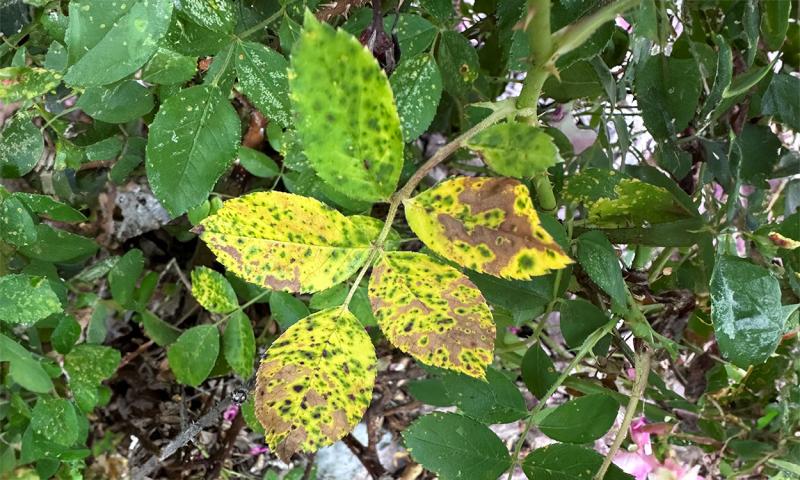
Roses generally require full-sun conditions to thrive; make sure the site is sunny and suitable for roses. Maintaining adequate space around the plant by following plant spacing recommendations and thinning dense canes will increase air circulation and allow quicker drying of foliage. If possible, avoid overhead watering in favor of a drip line under mulch to reduce splashing of fungal spores. If overhead watering is the only option, water in the morning to allow leaves a chance to dry with the heat of the day. Finally, if black spot is a recurrent issue in your rose planting year after year, many times one rose is where the disease starts. Consider removing the susceptible plant from your rose planting to slow development of the disease.
Considerations for Fungicide Use
Applications of fungicides can be considered to help manage rose fungal disease issues. Current weather conditions and potential cost are both factors to weigh before applying a fungicide, especially since multiple applications are usually needed. Black spot is sensitive to dry weather and hot temps and will slow reproduction if those weather conditions are present, rendering fungicides useless. Additionally, if plants have very heavy infection or have already defoliated due to the disease, preventative fungicides (those that act on contact) will not be effective. Curative fungicides (also called systemics) can be useful in disease prevention, but there are less of these types available. Read and understand the fungicide label and follow the resistance management steps, such as alternating modes of action and not applying more frequently than allowed on the label.
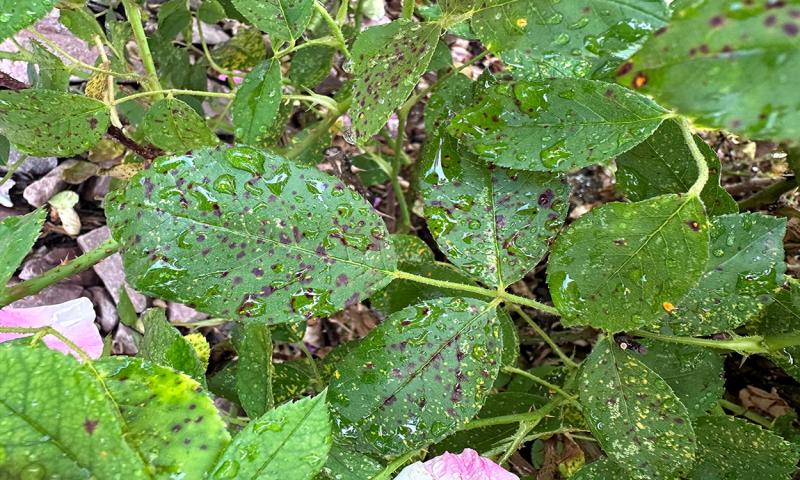
Fungicide Examples*
Examples of fungicides that can be utilized to manage black spot are:
- BioAdvanced 3-in-1 Flower Food (Active Ingredient Tebuconazole)
- Rose RX 3-in-1
- Garden Safe Fungicide 3 (Active Ingredient Neem Oil)
- Copper-based fungicides
* This is not an endorsement of any specific product, but merely a list of examples to consider.
Need help with a diagnosis?
If you’re having issues with black spot or other diseases, reach out to the SDSU Extension Garden Hotline or the SDSU Plant Diagnostic Clinic for identification of diseases and potential management strategies.
References and Resources
- Black Spot of Roses, University of Nebraska Extension.
- Rose Black Spot, Iowa State University.
- Fungicides Made Simple, American Rose Society.
